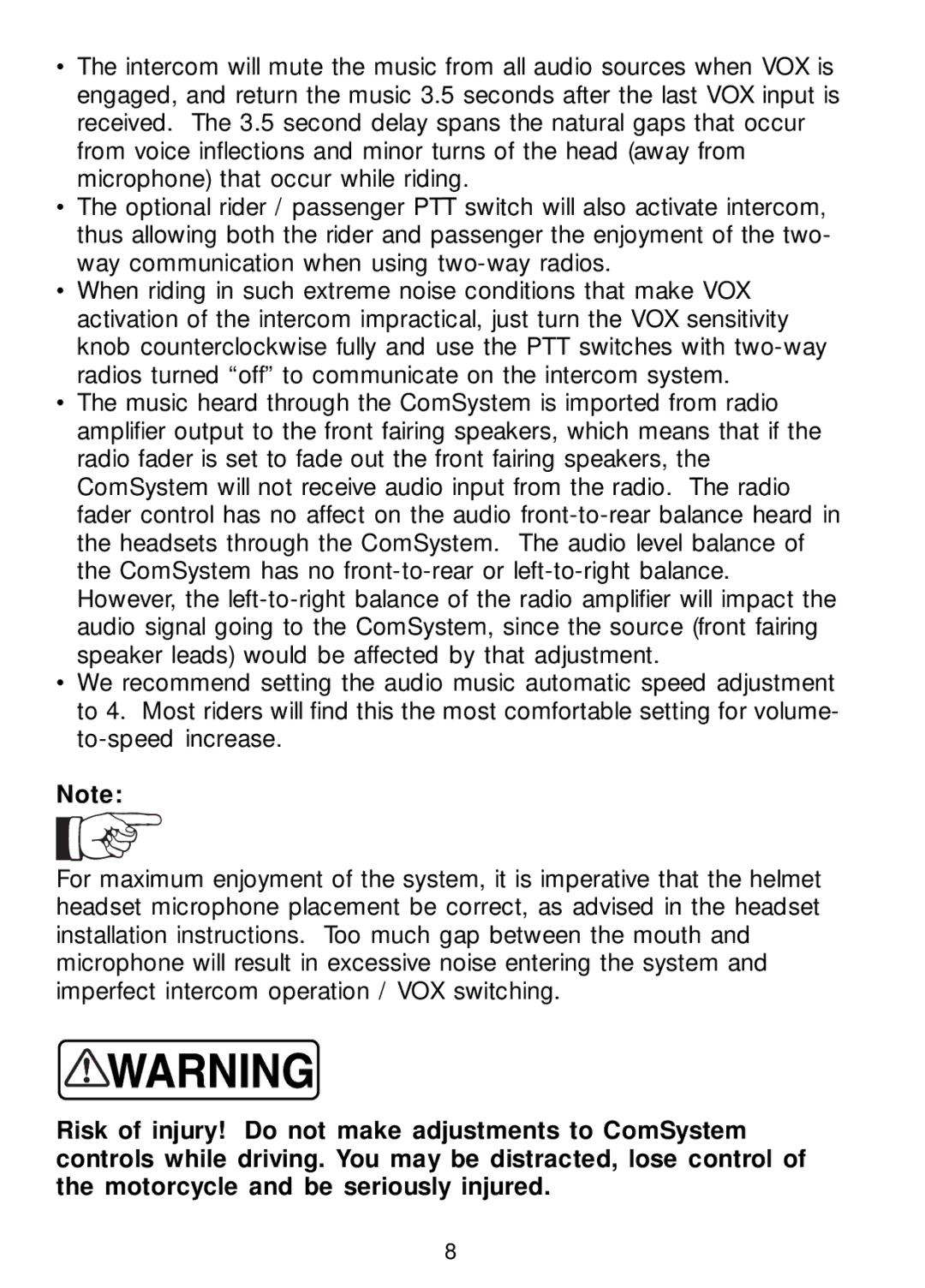K1200 specifications
The Teac K1200 is a prominent addition to the lineup of high-performance audio equipment, specifically designed for those who appreciate the fidelity and richness of analog sound. This cassette deck, appreciated by audiophiles and casual listeners alike, combines classic design with modern technology, making it a staple in both home and professional studio setups.One of the main features of the Teac K1200 is its dual-capstan drive system. This technology ensures higher stability and reduced wow and flutter, resulting in superior playback quality. The dual-capstan design also enhances tape handling, allowing for consistent tension and improved sound reproduction across a range of cassette types.
Additionally, the K1200 is equipped with high-quality metal and chrome tape support, which further enhances audio fidelity by minimizing distortion and maximizing dynamic range. This versatility in tape compatibility allows users to enjoy various tape formats while ensuring consistent playback performance.
The device also features a comprehensive set of playback options, including auto-reverse capability, which allows users to listen to both sides of a cassette without manual intervention. This feature is particularly appealing for lengthy recordings, making it ideal for music, lectures, or other extended audio content.
In terms of connectivity, the Teac K1200 comes with RCA output jacks, enabling easy integration with other audio components, such as amplifiers and mixers. The inclusion of a headphone output with a volume control allows for personal listening, providing versatility for users who want to enjoy their audio privately.
Another standout characteristic of the K1200 is its built-in dolby noise reduction system. This technology significantly reduces tape hiss and enhances the overall listening experience, making it particularly useful for recordings with less-than-ideal sound quality.
The aesthetic of the Teac K1200 is a blend of vintage charm and modern functionality, featuring a sleek, user-friendly interface that includes an LCD display for easy monitoring of playback functions. The robust build quality ensures durability, making it a reliable choice for long-term use.
In summary, the Teac K1200 is a well-rounded cassette deck that combines advanced technologies with thoughtful design. Its dual-capstan system, support for various tape formats, auto-reverse functionality, and built-in noise reduction make it a standout choice for anyone looking to enjoy high-quality analog sound in a compact and stylish package.

